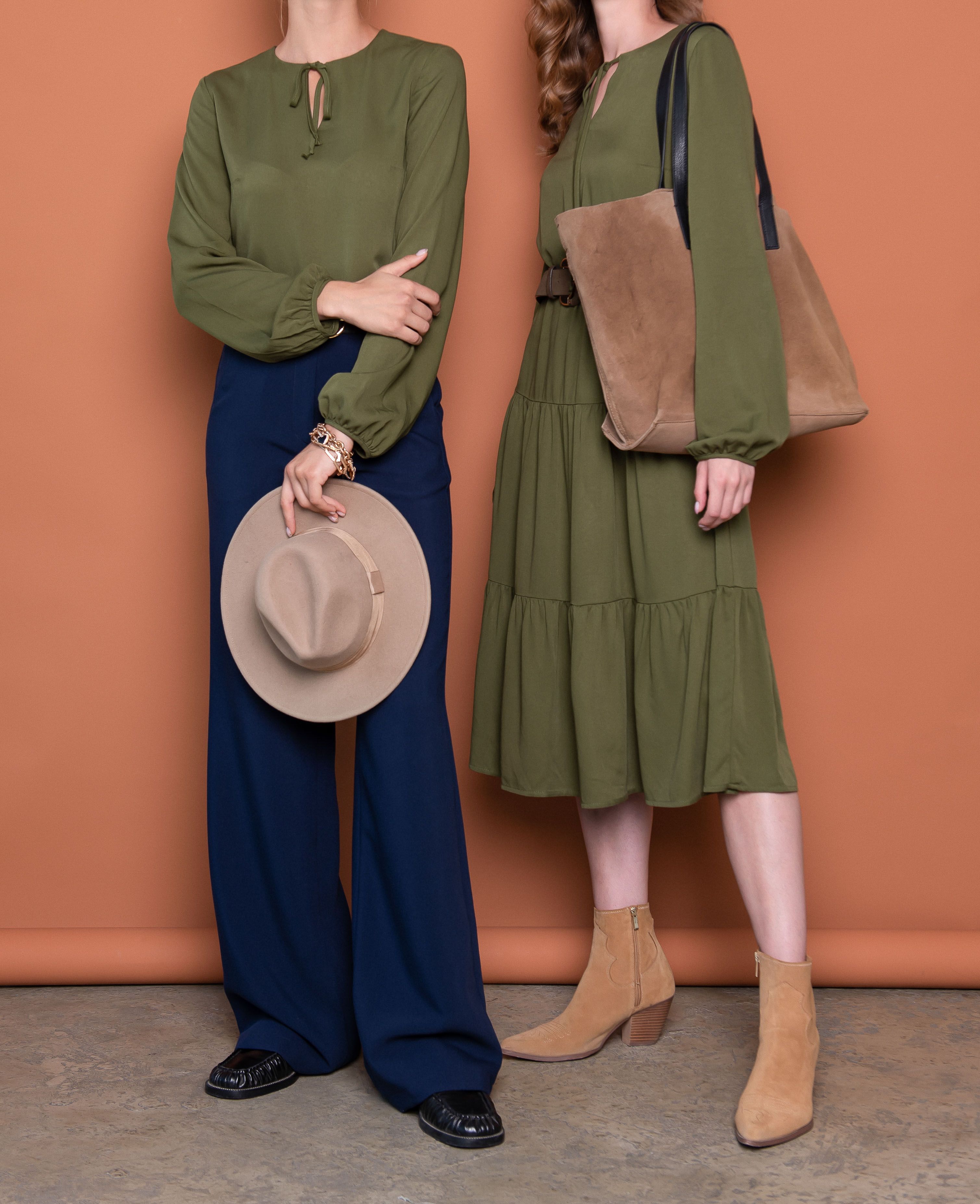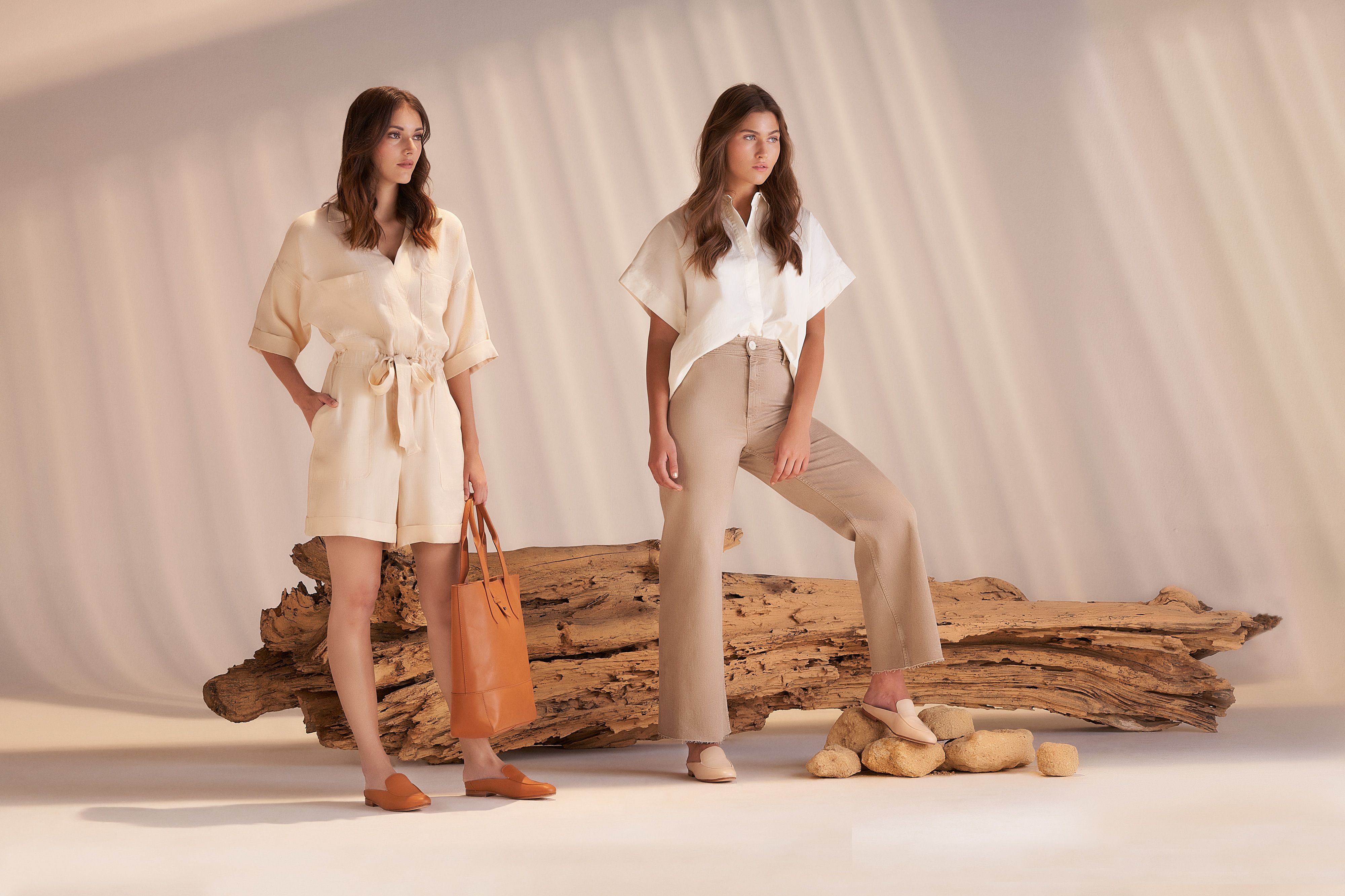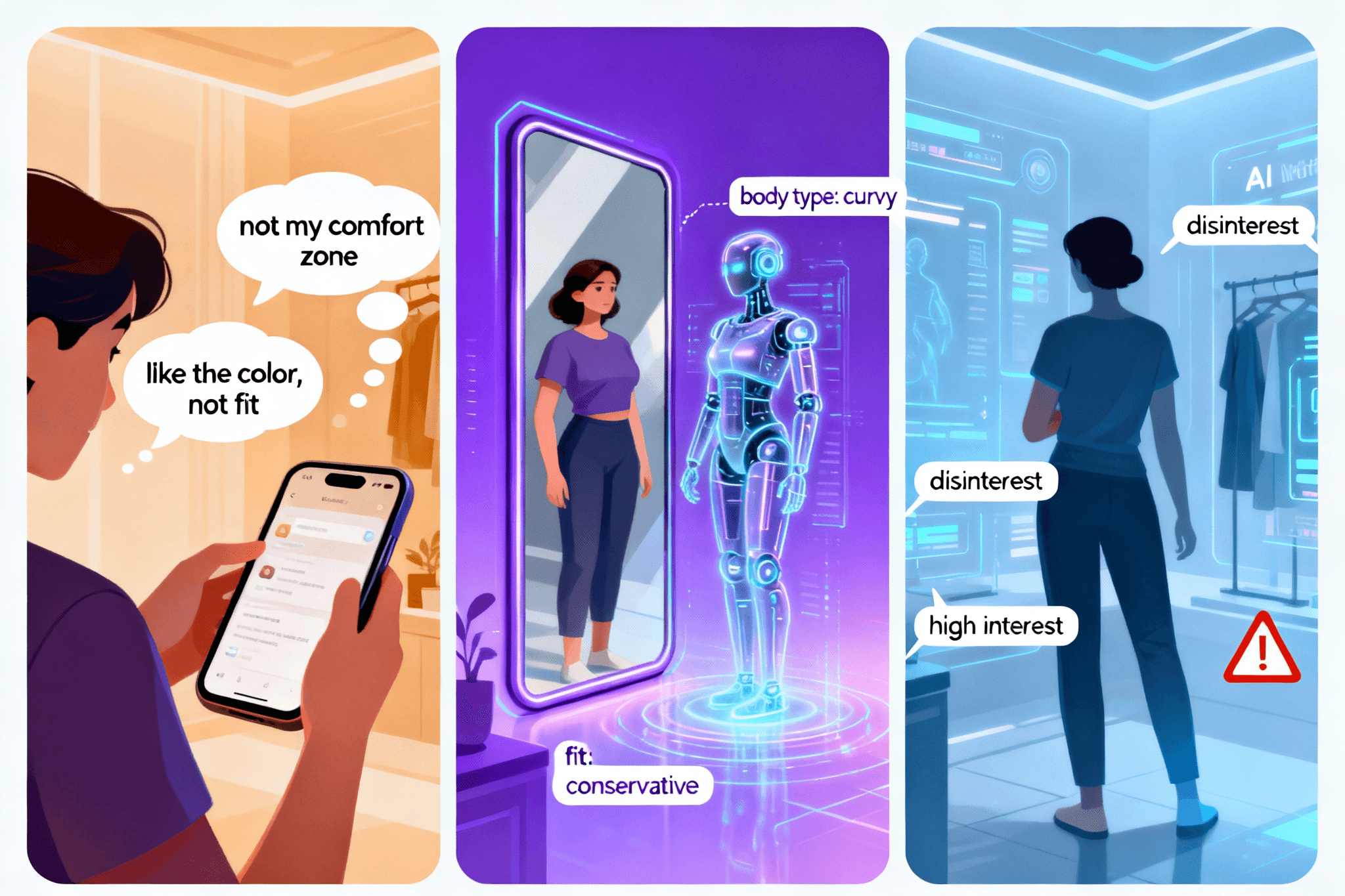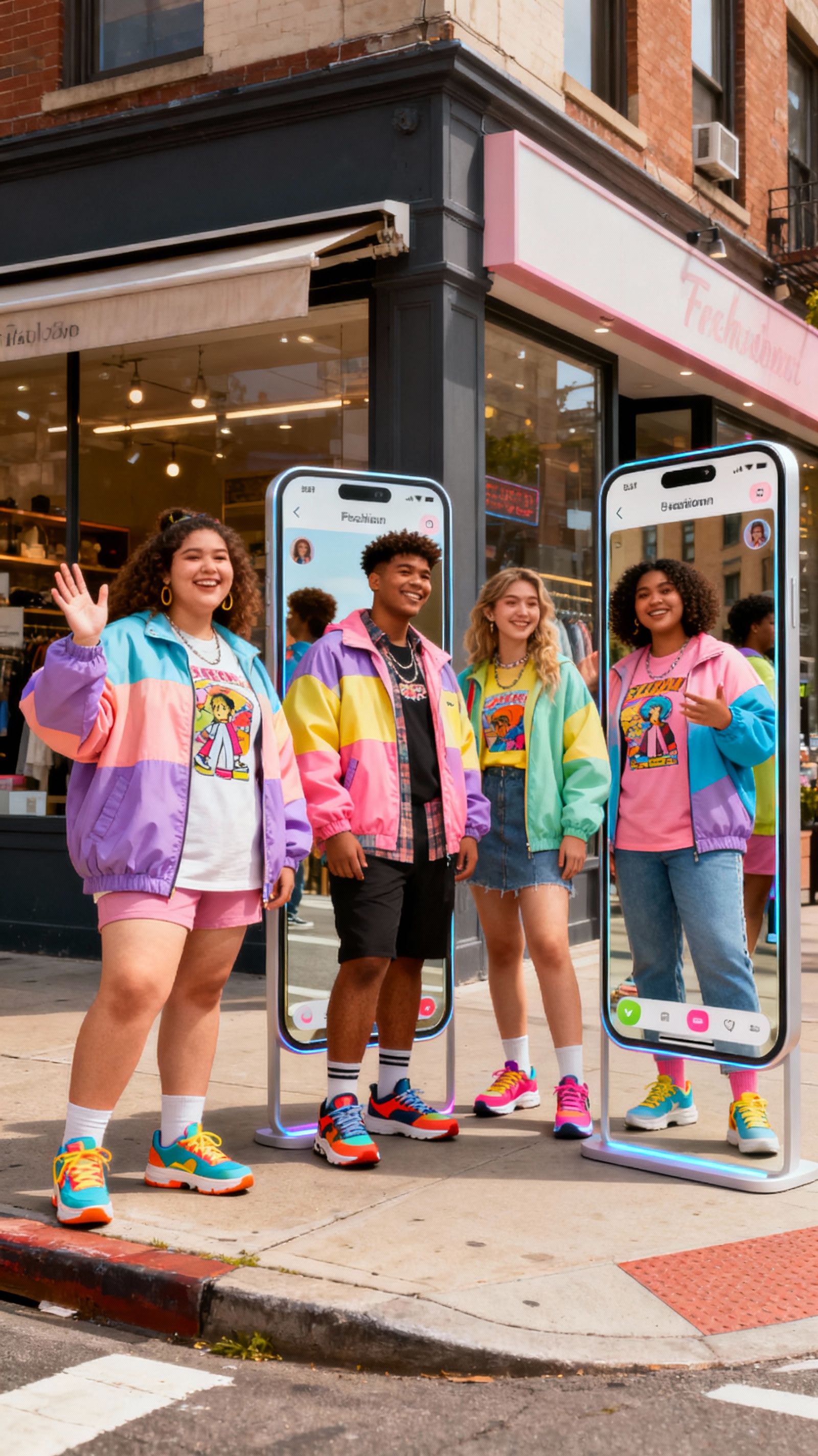What Your Swipe Speed Reveals: Inside an AI outfit planner
What Is Sustainable Fashion and How Does AI Support It?


Introduction: Fashion’s Sustainability Wake-Up Call
The fashion industry is facing a critical reckoning. Each year, over 100 billion garments are produced globally, and a staggering percentage of them end up in landfills. Fast fashion’s culture of overproduction, short-term trends, and impulse purchases has created a cycle of waste and environmental harm that’s no longer sustainable. Both consumers and brands are beginning to acknowledge this cost—and take meaningful action.
One of the strongest responses to this crisis is the rising momentum behind sustainable fashion. The global sustainable fashion market is valued at $12.46 billion in 2025 and is projected to reach $53.37 billion by 2032, growing at a CAGR of 23.1%. This growth reflects a shift in priorities: shoppers today care about ethical sourcing, longevity, and transparency—and they’re increasingly seeking smarter ways to engage with fashion.
In this blog, we’ll explore what is sustainable fashion today and how artificial intelligence is accelerating the shift. From reducing waste to making personalized, conscious outfit choices, platforms like Glance AI are making sustainable fashion not only possible but easier than ever. Whether you're new to sustainable fashion or already on your journey, AI is changing the way we shop, style, and save.
Understanding Sustainable Fashion Today
What is sustainable fashion? It goes far beyond just wearing organic cotton. Sustainable fashion considers the entire lifecycle of a garment: its raw materials, the people who make it, the emissions it creates, and how long it lasts in your closet.
Key pillars of sustainable fashion include:
- Ethical labor practices
- Eco-friendly materials
- Reduced water and chemical use
- Minimal waste through recycling or upcycling
- Circular design (garments made to be reused, not discarded)
Modern shoppers are not just trend-driven—they’re values-driven. Consumers are asking tougher questions and supporting brands that prioritize people, planet, and product integrity. In this new era of conscious consumption, what is sustainable fashion isn’t just a question—it’s a call to rethink the way we shop.
This is where AI steps in. Platforms like Glance AI help amplify sustainability by offering AI retail savings—cutting down overbuying, flagging wardrobe duplication, and promoting smarter style decisions that align with your values and budget.
Why the Fashion Industry Needs Smarter Solutions

Despite growing awareness, the fashion industry still grapples with chronic issues like overproduction, impulse buying, and high return rates. These inefficiencies generate enormous waste—both environmentally and financially—and raise an urgent question: what is sustainable fashion if not a solution to these problems?
This is where artificial intelligence becomes a game-changer.
AI enables fashion brands to make smarter, data-backed decisions about what to produce, how much to stock, and who to market to. It helps identify what people actually wear and need, reducing excess inventory and unnecessary manufacturing. From demand forecasting to hyper-personalized size and style recommendations, AI directly contributes to AI retail savings by:
- Minimize unsold stock through accurate forecasting
- Reduce returns with better fitting suggestions
- Prevent overbuying with wardrobe analysis
In other words, it’s not just smarter—it’s more sustainable.
How AI Transforms Shopping into a Sustainable Practice
Understanding what is sustainable fashion means recognizing that conscious shopping goes beyond just materials—it’s about making smarter choices at every step. This is where AI steps in, turning shopping into a more intentional and efficient experience.
AI-powered platforms analyze your wardrobe usage, preferences, and even fit history to minimize waste and returns—two major sustainability challenges in fashion. The result? Smarter buying, fewer impulse purchases, and significant AI retail savings for both shoppers and retailers.
Here’s how it works:
- Usage Pattern Analysis: AI evaluates what you wear often and suggests purchases that fill gaps or amplify what you already own.
- Virtual Try-Ons: With AI-powered try-ons, shoppers can visualize outfits before buying—reducing the likelihood of returns.
- Eco-Conscious Filters: Glance AI nudges you toward sustainable brands or garments with verified eco-certifications.
- Better Fit Predictions: AI analyzes your measurements and past purchases to suggest the right fit—cutting back on wasteful returns.
By guiding customers to make better buying decisions, AI ensures that clothing is bought to be worn, not discarded.
AI Retail Savings: What It Means for You & the Planet
AI retail savings refers to the combined financial and environmental benefits of applying artificial intelligence to retail operations.
For consumers:
- Fewer unnecessary purchases
- Less time spent browsing aimlessly
- Fewer returns and more satisfaction per buy
For brands:
- Improved inventory management
- Lower markdown rates
- Stronger loyalty from conscious consumers
For the planet:
- Reduced carbon emissions
- Fewer garments in landfills
- Better resource utilization
These savings reflect a win-win-win scenario—a rare alignment of consumer, business, and ecological goals.
Smarter Sustainable Wardrobes with Glance AI

One of the biggest advantages of using Glance AI is its ability to turn your wardrobe into a data-rich styling engine.
- Daily Outfit Suggestions: Based on the weather, your mood, and past favorites.
- Trend Personalization: It filters out irrelevant trends, spotlighting what aligns with your body, lifestyle, and values.
In short, it’s not about owning less, but wearing better.
Behind the Scenes: How AI Powers Responsible Fashion Production
AI doesn’t just assist shoppers—it helps fashion brands make better production decisions.
- Predictive Demand Forecasting: Helps brands produce only what will sell
- Virtual Sampling: Reduces waste and cost from physical prototypes
- Optimized Product Drops: Releases collections in limited batches, based on predicted success
- Inventory Management: Minimizes deadstock and overproduction
These innovations make supply chains leaner, cleaner, and more responsive to real-world demand.
Top Benefits of Merging AI with Sustainable Fashion
For Consumers:
- More relevant style choices
- Lower fashion fatigue and overconsumption
- Easy access to sustainable products
For Brands:
- Less waste and lower return rates
- Better alignment with consumer values
- Enhanced brand trust and loyalty
AI not only simplifies the journey to sustainability—it scales it.
Start Your Own AI-Led Sustainable Wardrobe Strategy
Ready to shop and dress more sustainably? Here’s how to start:
- Audit Your Closet: Use AI to track usage and identify gaps
- Shop Smarter: Filter by sustainability when browsing new styles
- Rewear Creatively: Use outfit suggestions to extend garment life
- Track What Works: Let AI learn what fits and feels best on you
- Embrace Circular Fashion: Donate or resell what you no longer wear
Sustainable fashion doesn’t have to be perfect. It just needs to be intentional.
Conclusion: AI Makes Sustainable Fashion Easier—and Smarter
Sustainability in fashion isn’t a passing trend—it’s the foundation of fashion’s future. With platforms like Glance AI, consumers now have the power to dress with impact and purpose. No longer do you have to choose between looking good and doing good.
When we explore what is sustainable fashion, we can’t ignore the role of technology. AI tackles long-standing industry issues like overproduction, excess inventory, and fast fashion fatigue—making conscious shopping more attainable. The result? Not just reduced waste, but measurable AI retail savings for both brands and buyers.
In 2025 and beyond, sustainable fashion means being equipped with better tools, deeper insights, and stronger values. Glance AI ensures that every choice in your wardrobe isn’t just stylish—but smart, intentional, and built for the future.
FAQs
Q1: What is sustainable fashion in simple terms?
Sustainable fashion refers to clothing that’s made and used in ways that are better for the planet and people—from fabric choice to fair labor and mindful shopping.
Q2: How does Glance AI help reduce clothing waste?
By styling looks from your wardrobe and offering rewearable recommendations, it prevents over-purchasing and returns.
Q3: What are AI retail savings?
This means using AI to cut down overproduction, returns, and impulse buying—saving money and environmental resources.
Q4: Can I still shop stylishly with sustainable fashion?
Absolutely—Glance AI helps you find stylish options that also align with your values, without compromising on aesthetics.
Q5: How can I start building a sustainable wardrobe today?
Start by evaluating your current clothes, prioritizing quality over quantity, and using AI tools to plan your next purchases.
Q6: Is AI replacing stylists or helping them?
It’s helping. AI supports personalized styling at scale while humans add creative and emotional layers.






